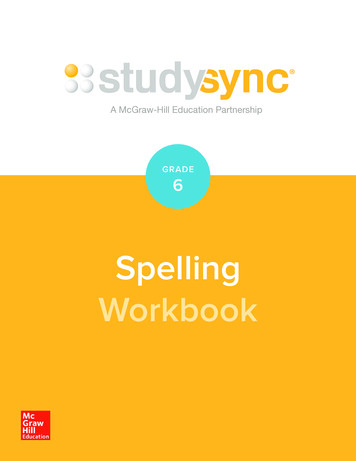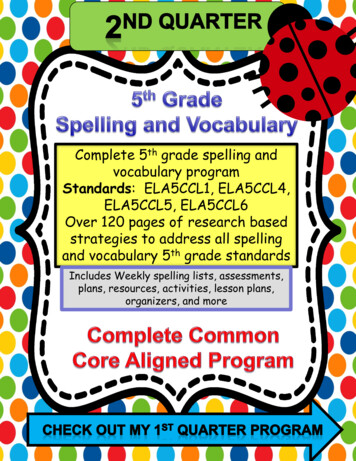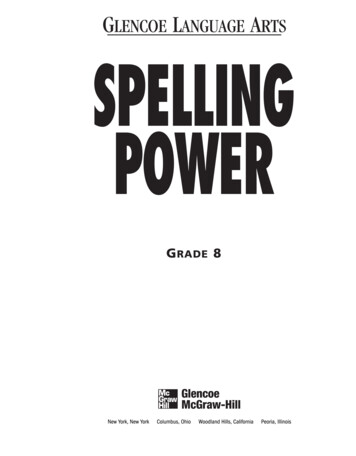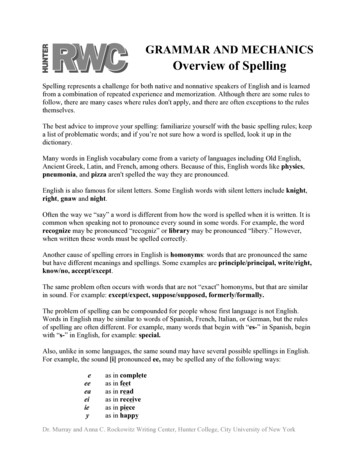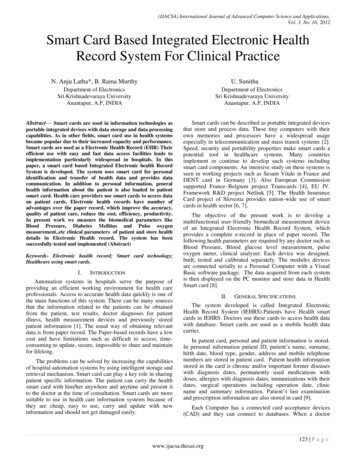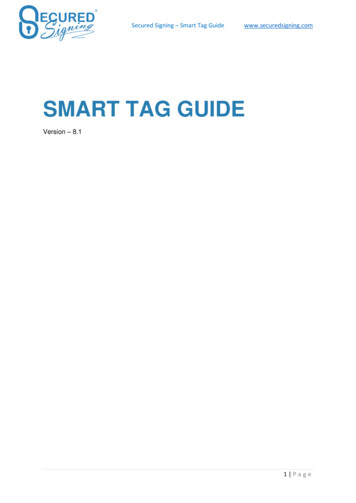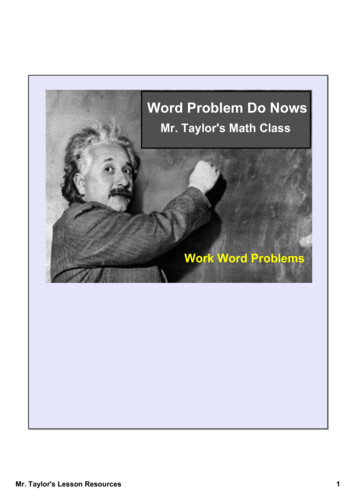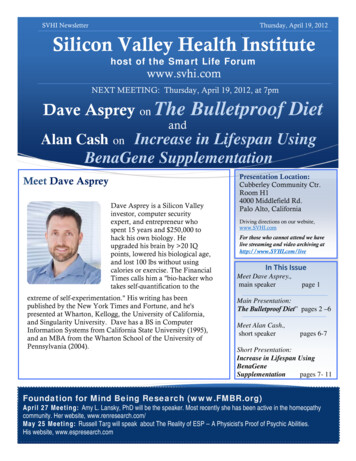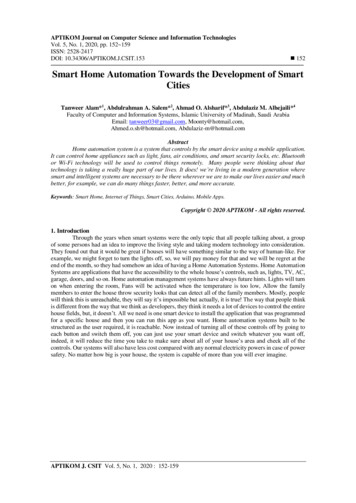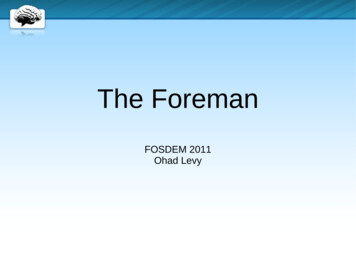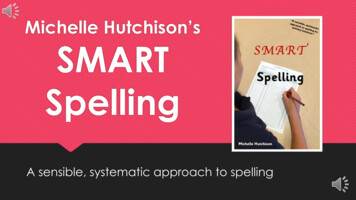
Transcription
Michelle Hutchison’sSMARTSpellingA sensible, systematic approach to spelling
- A teacher- Master of Education (Melb Uni); Post Grad Dip LearningDisabilities (Melb Uni); Grad Dip Special Ed (Melb Uni); DipTeach (Prim) (Monash)- Extensive academic qualifications in the field of literacy,dyslexia and learning difficultiesWho is Michelle Hutchison?
- An approach designed to support teachers in the explicit and systematic teachingof spelling.- Spelling is taught through spelling patterns and regularity.- It is based around whole words with an emphasis on meaning and vocabularydevelopment.- Spelling rules are taught in the context of words in a way that builds on learningfrom prior years. There are only 4!- SMART is an acronym for the sequence teachers follow to teach words to students(Say, Meaning, Analyse, Remember, Teach).What is SMART Spelling?
SMART
- One of the key areas of knowledge students need todevelop to become independent spellers.- It is mainly to do with sounds. It includes breaking wordsinto syllables and individual sounds (phonemes).Phonological Knowledge
Vowel phonemes (sounds)
Consonant phonemes (sounds)
ponyyachtflyWhat sound does ‘y’ make?
- One of the key areas of knowledge students need todevelop to become independent spellers- It is mainly to do with letters. It is a visual skill that involveschoosing the correct letters that make a sound in a word.Orthographical Knowledge
mijnmeisjewaarOrthographical Knowledge
- SMART Spelling also covers etymological knowledge andmorphemic knowledge.LatinTri – means threeEnglishic – relating toEtymological & Morphemic Knowledge
- Brainstorming Approach: students who knew a lot of wordsvolunteer words they already know.- Go Away and Teach Yourself Approach: all students havetheir own personal words, impossible to explicitly teach!- Phonics Approach: phonics is indisputable and essential,but doing a sound a week and looking at all spelling options(baby, tape, snail, tray) can get very confusing!Other Methods
Phonics – a sound each week
Monday: explicit lesson of 20 minutes, students select theirown words (6 words minimum)Tuesday, Wednesday & Thursday: word study for around 10minutes durationFriday: test spelling words and dictationWhat does it look like in the classroom?
Tuesday, Wednesday & Thursday
Spelling Test & Dictation
ationSMART Spelling Foundation
- Teacher explicitly teaches the red words.- The teacher does the ‘Say’ & ‘Meaning’steps for the orange and green words.- All students are exposed to all words.Weekly Spelling Example
ai mp ai nm ai ln ai lf ai ls n ai lSMART Sequence – Red Words
- Weekly Spelling Sheet will go home on Mondays. Studentshighlight their chosen words before it goes home.- Students copy their words into their Spelling Books – thisstays at school so there is a copy of the words at home, anda copy at school!- Daily spelling practise at school and home.Routines / Procedures
- Supports and reinforces what ishappening at school.Home Practise
- Students require feedback but they don’t need theirwriting over-corrected to a point that it’s meaningless orupsetting to them.- We want our students to be risk takers.Feedback vs correction
u
Liss Lothian – Grade 2/3 Classroom Teacherlothian.liss.a@edumail.vic.gov.auThank you!
- SMART is an acronym for the sequence teachers follow to teach words to students (Say, Meaning, Analyse, Remember, Teach). . phonics is indisputable and essential, but doing a sound a week and looking at all spelling options (baby, . - Students copy their words into their Spelling Books
